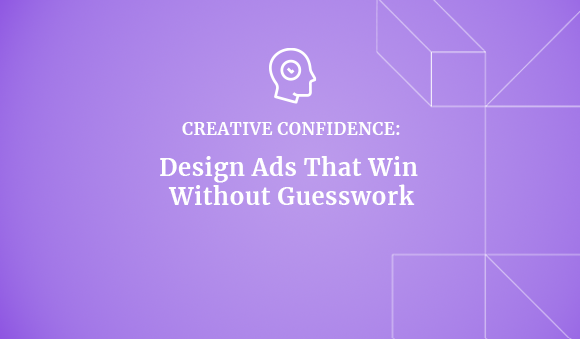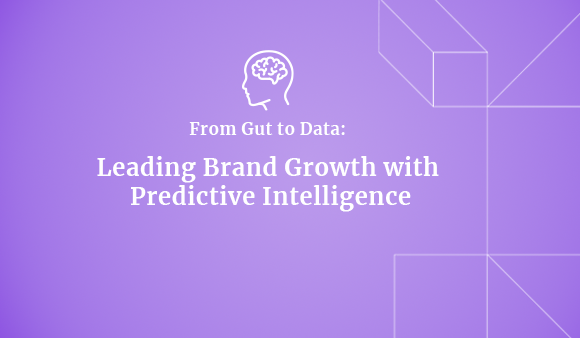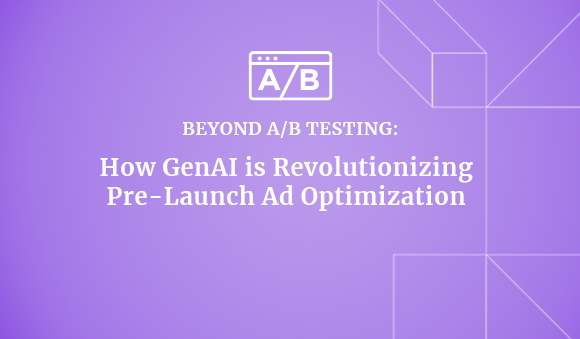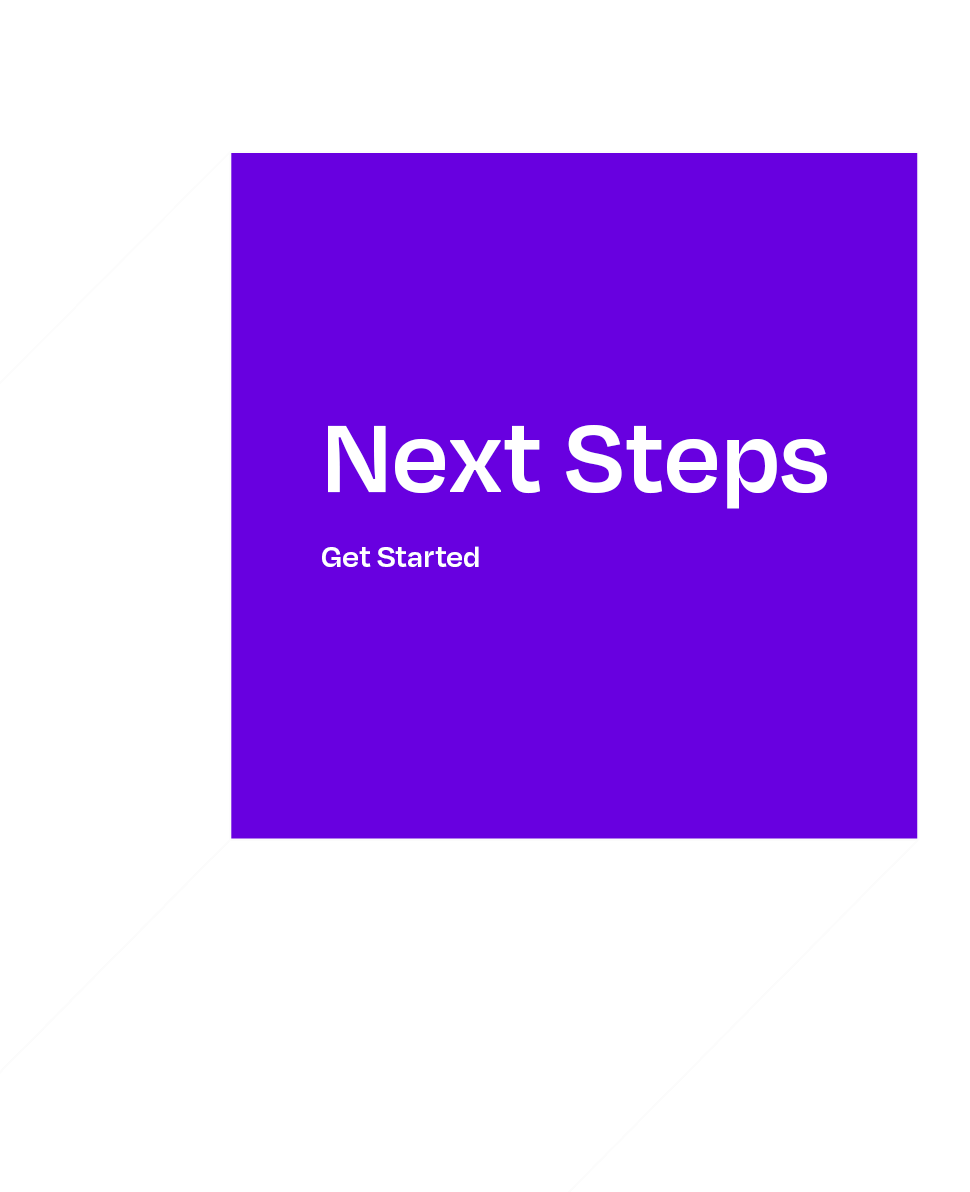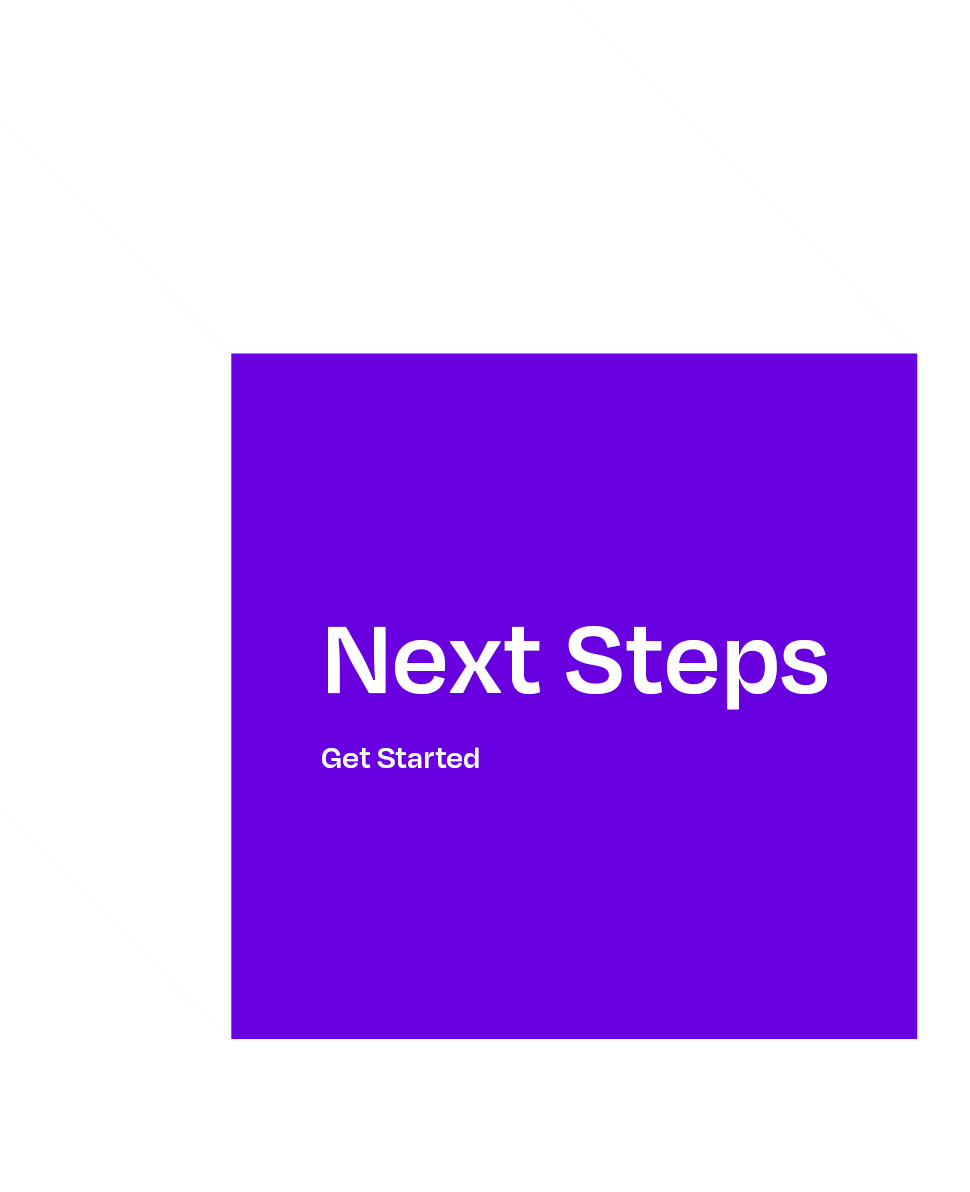A study conducted by Man Made Music suggests music can improve brand recognition by 46%. Audio/sonic branding always has a substantial impact on the recall of your ad campaigns. And this article explores its impact in detail and equips you with the right information to improve your ads’ audio branding.
Music, voice, and sound can evoke emotions, trigger moods, and are effective ways to communicate non-verbally which is why they are important tools for marketers and brand managers. Brand sounds and music in ads and other assets are becoming an essential part of distinctive brand identity, now more than ever.
For example, Netflix’s iconic ‘Ta Dum’ sound is integrated so well into their overall branding, advertisement, and communication that their recent campaign ‘Sounds like a good story is about to start’ revolved around it.
Their signature sound has made a home in the minds of millions of regular Netflix watchers and is interwoven in the fabric of their day-to-day lives. Few of the viewers went to the extent to call their signature sound the sound of pure nostalgia. Another viewer says that this sound calms them down and makes them remember every great Netflix series.
While Netflix’s strategic use of its signature sound in all its viewer touchpoints is a masterclass in sonic branding, Coca-cola, a brand known for its sensorial advertising, has taken it one step further by brilliantly infusing its brand sounds in one of its ad campaigns.
Their ‘Try Not to Hear This’ campaign communicates the iconic sounds of classic Coca-cola moments like the snapping of a Coca-cola can, uncapping of the bottle, and fizzing of the bubbles with the help of macro imagery.
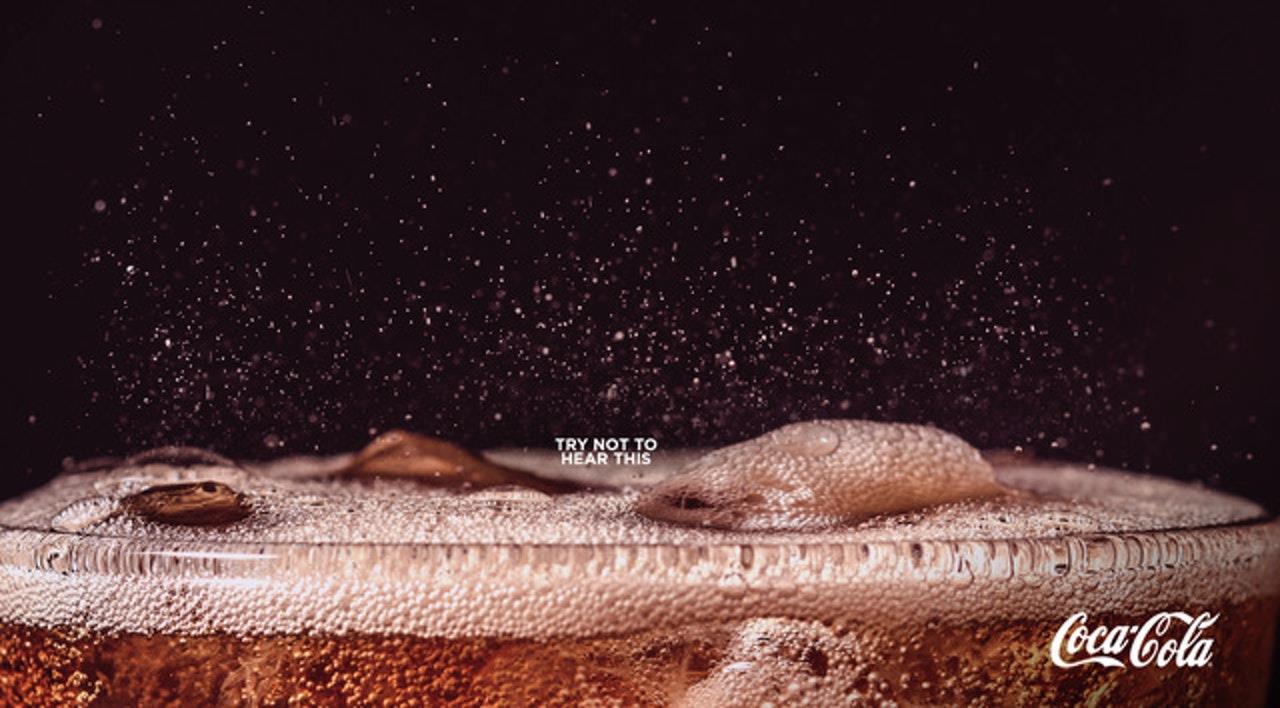
Source: Campaigns of the World
While these examples clearly showcase the importance and role of music & sound in brand recall, there are empirical studies supporting this notion. A study conducted by Man Made Music suggests music can improve brand recognition by 46%. And another study by PHMG suggests 74% of young adults develop a better understanding of company’s personality through music.
Various audio branding experts also agree that the music and voice have a better emotional impact on consumers’ minds and when used consistently, they make brands more memorable.
Importance and Role of Music in Advertising & Branding
According to a study by Leicester University, consumers are 96% more likely to remember the brands that use music aligned with their brand identity.
Apart from generating higher brand recall, music plays a multi-faceted role in advertising and branding.
1. Music evokes emotions
In a study of over 600 TV ads conducted by Nielsen, it was found that ads with music perform better in regard to empathy, creativity, emotive power, and information when compared to the ones without music.
While experience of music can be categorized as subjective, UC Berkeley scientists have mapped it within at least 13 fundamental emotions including joy, beauty, amusement, relaxation, annoyance, and a few more. They surveyed over 2500 people from the United States and China and recorded their emotional responses to songs from various genres like folk, jazz, rock, classical, and more.
Now if you knew which music to use in your ads to evoke certain emotions in your target audience, wouldn’t it be a game-changer?
With advancement in artificial intelligence technologies like deep learning and computer vision, it is now possible to evaluate your ad music against your brand guidelines and ad goals before your ad goes live. AI-powered platforms like Incivus evaluate the music used in ad sets in a matter of seconds to help you understand how your ads will impact the mood and evoke emotions in your target audience.
2. Music is a powerful storytelling instrument
Marketing is nothing but the art of telling stories – stories that inspire action, tug at heartstrings, and make people think and feel. And music has always been a powerful instrument to tell stories; be it in movies, TV shows, advertisements, or real life.
Music has the ability to fast track or slow down a story, uplift or downplay a frame. It is the communicating link between your audience and the screen playing your ads. It makes your ads dynamic and compelling by creating interactive exploration of narratives.
In 2018, Budweiser launched ‘Stand by You’ campaign for the Super Bowl which was ranked at 3rd position by USA Today. The campaign revolves around the story of a Budweiser employee who oversees the production of water which is to be dispatched to various cities of the US affected by natural disasters. The visuals and messaging were paired well with Skylar Grey’s version of the popular song Stand by Me, originally by Ben E. King which complements their tagline “Whenever you need us; We’ll stand by you.”
3. Inspires action
In a study conducted by The Association of Consumer Research to understand the impact of music in ads, it was found that music can positively affect the overall effectiveness of ads by improving purchase intent, attitude towards the brand, ad recall, mental image memory and preference for the product. For instance, a study by Alpert and Alpert (1990) found that sad music, when compared to happy or no music, is more effective in regard to influencing purchase intent. So, if you want to inspire action among your target audience you might want to add slow and melancholic music in your ad.
The reason behind such a strong impact of music on humans is the fact that areas of the brain like the temporal lobe, amygdala, cerebellum, and a few more respond to music which makes it an emotional stimulus and one of the most powerful tools to connect with the audience and inspire action.
How to Harness the Real Power of Music in Your Ads
Music can evoke emotions, tell a story and even spark an action. But the real question is how, as marketers, do you harness their real power in ads? There aren’t any hard and fast rules but there are a few basics that you can follow.
Choose the right music
Brands that understand the true value of sonic branding pay the utmost attention to their brand sounds. For example, Netflix roped in Lon Bender, an Oscar-winning sound editor, to create their 3-sec introductory signature sound ‘Ta-Dum’ which was further extended to 16 secs by the world-famous German composer Hans Zimmer, for their theatrical releases.
Similarly, the music you choose for ads will be directly associated with your brand. Not only that, if you select the wrong music, it will create a negative experience which might lead to negative brand association in people’s minds. Hence, choosing the right music is critical to the success of your ad and how it will be perceived.
To pick the right music, start with your brand’s personality and voice. Are you a young brand targeting millennials and Gen Z? If yes, then licensing popular songs might give you a higher brand recall since Gen Z and millennials interact with various forms of content with similar music on social media platforms. On the other hand, if your audience were older, then slow instrumental can do the trick since they are not used to loud, pop culture music.
For more impact, before choosing the music, define your ad goal. Do you want to inspire emotion? Tell a story? Influence customer behavior? Or create brand awareness? Based on your ad goal, you can pick the right music that pairs well with the visuals.
While a marketer’s experience and gut instincts are beneficial in determining various elements of ads like music, there’s always a personal bias acting at the subconscious level. This means how you react to a particular music, voice or sound might not be how your target audience reacts to them. But what if you had an AI-powered platform to evaluate your ad music before it goes live? What if you were to know the emotions it will evoke, the genre it belongs to, and how it might affect your audience’s mood? Brilliant, right?
Incivus evaluates your ad music in detail against your ad goals in four parts – genre, mood, emotion, and instruments to give you an overall understanding of the emotional profile of your ad music. Here’s a quick sneak peek of Incivus music evaluation.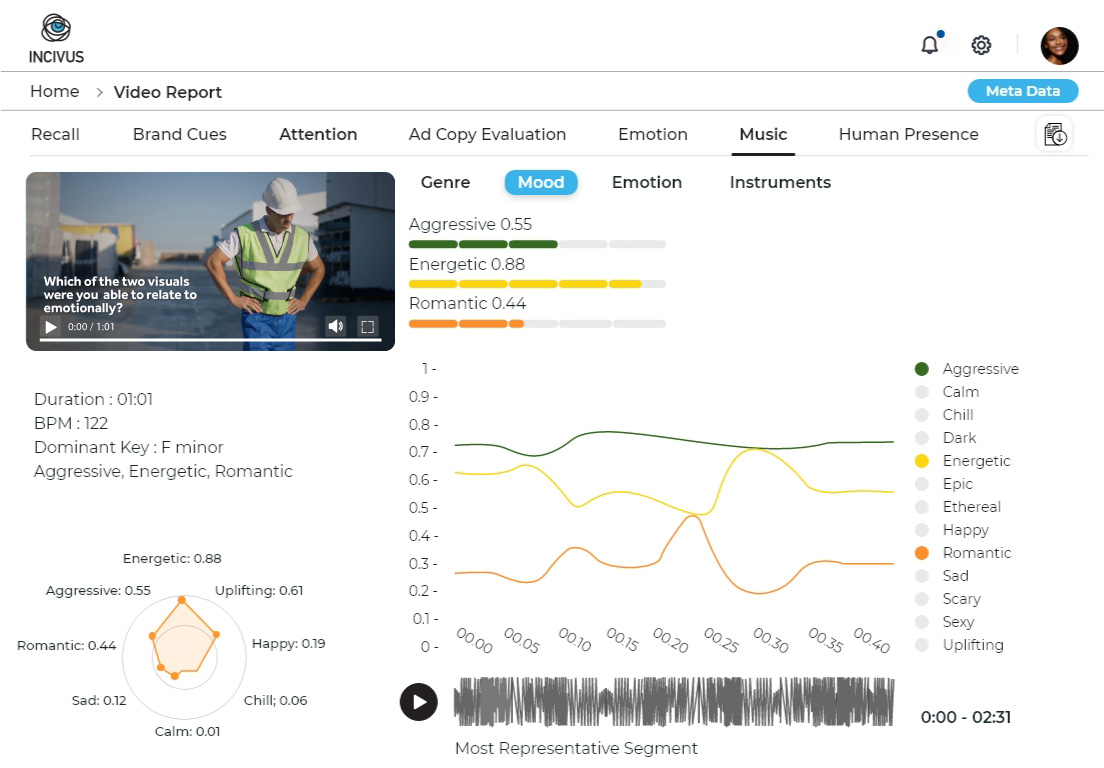
Quality & strategy
Getting the attention of your consumers is an uphill battle, and you are not alone. With the amount of communication happening across channels, it is harder than ever to make your brand stand out. A tailor-made signature sound or music score is the start, but it is just the start. The main challenge lies in creatively and strategically placing your sonic branding to reiterate your messaging and branding while also making sure not to overdo it which can create a negative association in the minds of your target audience.
Pro Tip: As a marketer, you might expect the results of sonic branding in your ads to show up in a short span of time, but the key to successful sonic branding is longevity. If you were to analyze the sonic branding of a few popular brands, you would realize that 9 out of 10 popular brand sound identities have been in use for over five years – directly correlating to its success.
Maintain synergy
Maintaining synergy between your brand personality, messaging, ad goals, and visuals is the key to effectively communicating with your target audience and leaving a lasting impression in their minds. According to a study done by Neuro-Insight, ads with closely linked sound and visual were able to deliver, on average, 14% higher memory encoding with branding at the end when compared to ads with passive soundtracks.
A brilliant example of this is a TV commercial of Sony Bravia Televisions that used a guitar ballad, Heartbeats by Jose Gonzalez, to complement the powerful, engaging, and mesmerizing visuals of bouncing balls to capture and communicate the small, simple beauties of life. The music is quite relaxing, which is the primary emotion associated with watching TV. There’s an overall synergy between the visuals, messaging, emotions, and music.
Create Emotionally Driven Ads with the Right Music
Music is ubiquitous, and there’s no doubt it is a powerful tool to communicate and create an emotional connection with your customers. And since an ad is usually the first touchpoint for many brands, using the right music becomes critical as it can make or break the relationship between the target audience and your brand.
